- Home
- Machining techniques
- CNC Machining Services
- Cooperative supply services
- Designs
- Materials
- Finishing Services
- Shop
- Products
- Guide
- About Us
- Contact Us
2022.12.19
EDM machining can be used as a gear making process with its unique benefits, but it also has some limitations. During EDM gear cutting or manufacturing, there are some considerations you can’t ignore to receive better results.
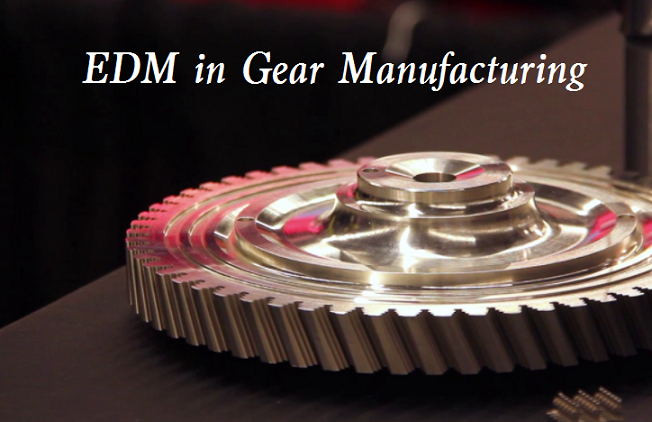
EDM machining can be used as a gear-making process with its unique benefits, but it also has some limitations. During EDM gear cutting or manufacturing, there are some considerations you can’t ignore to receive better results.
Advantages and Limitations of EDM in Gear Machining
In recent years, EDM machines have also made progress, improving surface finish, accuracy, and final material properties. These aspects are important for gear fatigue. Tolerances can be as small as one-thousandth of an inch, allowing EDM to generate complex geometry from pinion to bull gear (gear diameters range from a fraction of an inch to more than 20 inches).
Like every manufacturing process, EDM also has limitations and advantages. If you do not have well-controlled processes and procedures, you may damage the surface of the part. This is particularly important for gear manufacturing and tooth profiles, including curvature, which may pose challenges to CNC programs. The good news is that there are several high-quality 3D modeling and CAM software that is intuitive and can produce smooth motion, allowing EDM to process complex gear designs.
Applications of EDM in Gear Manufacturing
Wire EDM cutting is only perpendicular to the gear blank for cutting. This becomes a limitation in the manufacture of helical gears or more complex shapes. However, unlike WEDM, Sinker EDM synchronizes the two axes. These two shafts work at the same time, generating radial or torsional movement, allowing the manufacture of spiral and radial gears, and even internal full and partial cutting. In other words, the electrode or cutter can rotate. It should be noted that if the program and motion mode is not properly designed, the electrode may be cut into an area of unwanted geometric shape, thus eliminating the spiral shape.
If your gear geometry is custom and complex, it is a good practice to use different electrode sizes. This may be similar to carving or sculpting, and finally, you use smaller, more precise tools to fine-tune the details. Of course, this will increase the working time, and you can now effectively control the geometry.
Once you use an electrode that will produce a high roughness value to remove material at the first pass, you need to set the next electrode in more detail to make it accurate. Even when timing on CNC programs, synchronizing multiple electrodes can be challenging. For this reason, some companies have been trying to include a single electrode with a variety of roughness geometries, from rough to fine. If you are moving in this direction, due to your machine power settings and values, there must be an appropriate gap between the electrodes and different rough areas. This requires a certain understanding of the EDM machine at the design stage. Fragmentation is another problem, especially if you have internal shapes in your design.
No matter what method you choose to clean debris during the manufacturing process, always remember that the consistency of tooth profile quality and surface finish is essential during gear manufacturing. This ensures an investment in cleaning methods to prevent unwanted EDM cutting due to debris coming into contact with the part.
With all the advantages of EDM in gear manufacturing, there are also some applications from micro-machined gears for clocks to stronger gears for racing cars, WEDM and sinker EDM are slower than other machining methods but still valuable.
Tips and Considerations
One of the important parameters is electrode feed rate and any instrument related to voltage and current. Any violent spark or high discharge will generate undesirable cutting force, resulting in gear pitch deviation or irregular shape. Several studies have been developed to improve the speed of EDM gear manufacturing. A common finding is a correlation between pitch deviation and material removal rate. You do not want to rush through the cutting process at the risk of reducing the quality of the tooth profile.
The next thing to consider is material. If your gear is intended to be made of mild steel, you may need to consider using an alternative dielectric fluid. Basically, deionized water is used for EDM, but it can cause rust in some low-grade steels. Some companies have developed their own internal anti-electrolysis processes to prevent corrosion.
In addition to dielectric fluids, you should also consider the geometry and design features of the gear to prevent corrosion. One of the advantages of EDM is that it can cut small parts with strict tolerances. With sinker EDM, you can also cut internal shapes, giving you the opportunity to accurately handle compact gear profiles and new complex shapes and features. However, if these shapes include complex features such as offset edges, they may inadvertently have cracks that promote corrosion mechanisms. Before designing the EDM process of gears, please consider the geometry, function, and possible faults.
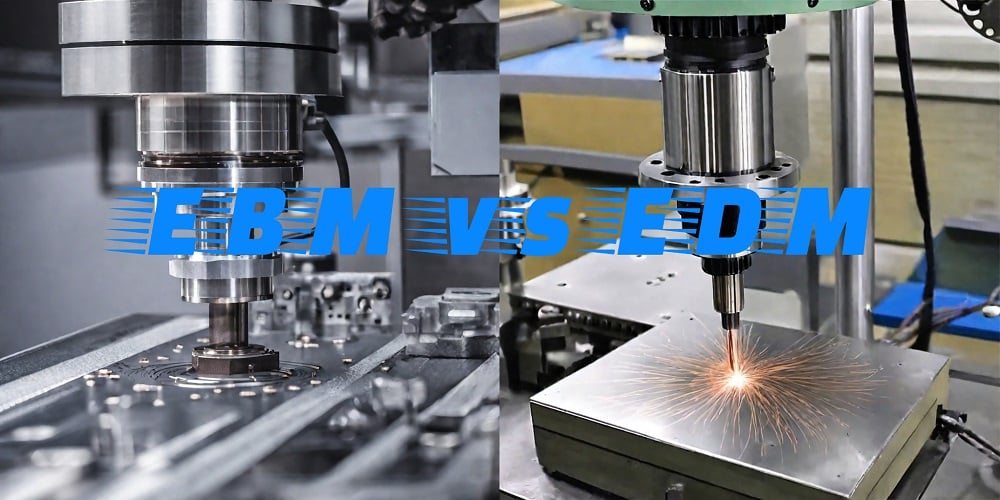 EBM vs. EDM: Differences in Process, Applications, Materials, Surface Roughness, Cost
EBM vs. EDM: Differences in Process, Applications, Materials, Surface Roughness, Cost
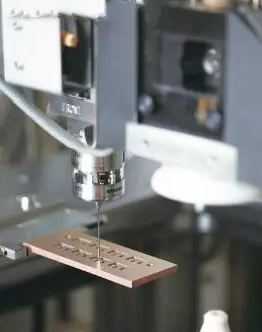 Development Of On-Line Measurement In Wire EDM Machining
Development Of On-Line Measurement In Wire EDM Machining
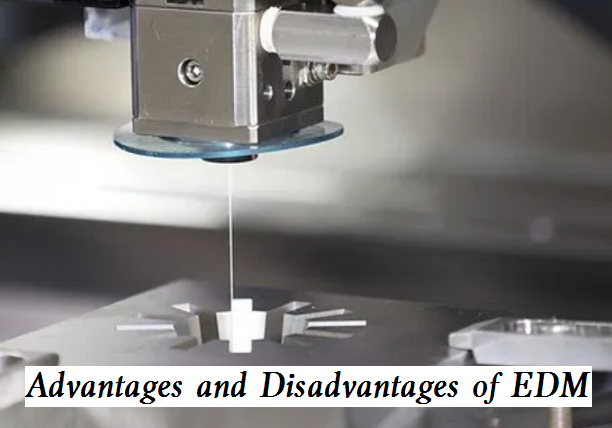 Advantages and Disadvantages of EDM | How Does EDM Machining Work
Advantages and Disadvantages of EDM | How Does EDM Machining Work
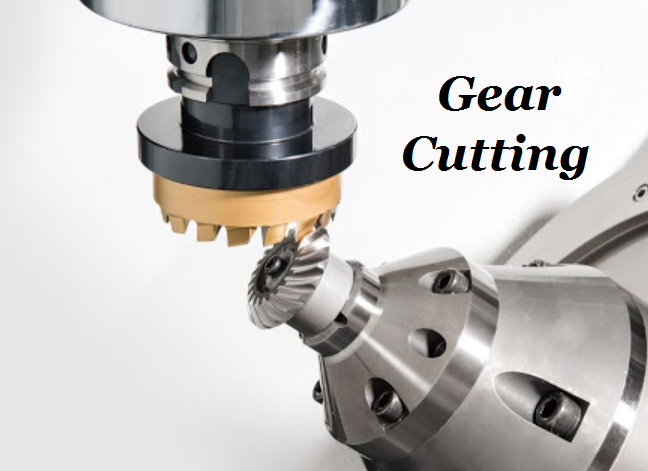 Gear Cutting Process, Materials & Tools | What is Gear Cutting | CNCLATHING
Gear Cutting Process, Materials & Tools | What is Gear Cutting | CNCLATHING
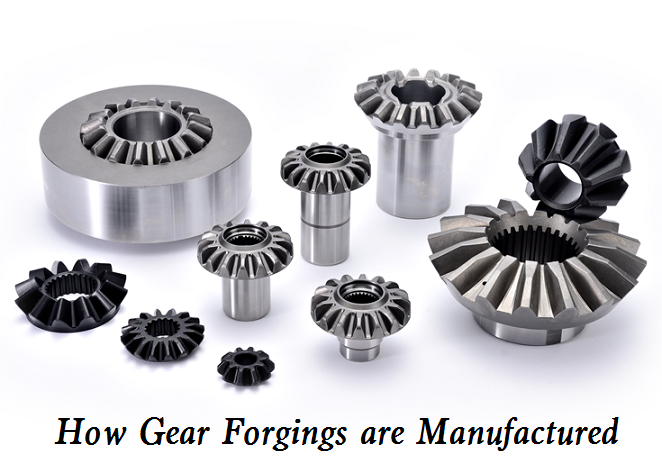 How Gear Forgings are Manufactured | Gear Forging vs Gear Casting
How Gear Forgings are Manufactured | Gear Forging vs Gear Casting
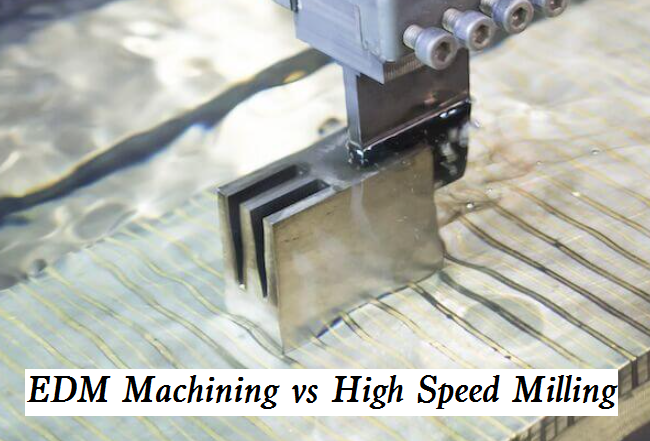 EDM Machining vs High Speed Milling – Will High Speed Milling Replace EDM
EDM Machining vs High Speed Milling – Will High Speed Milling Replace EDM
